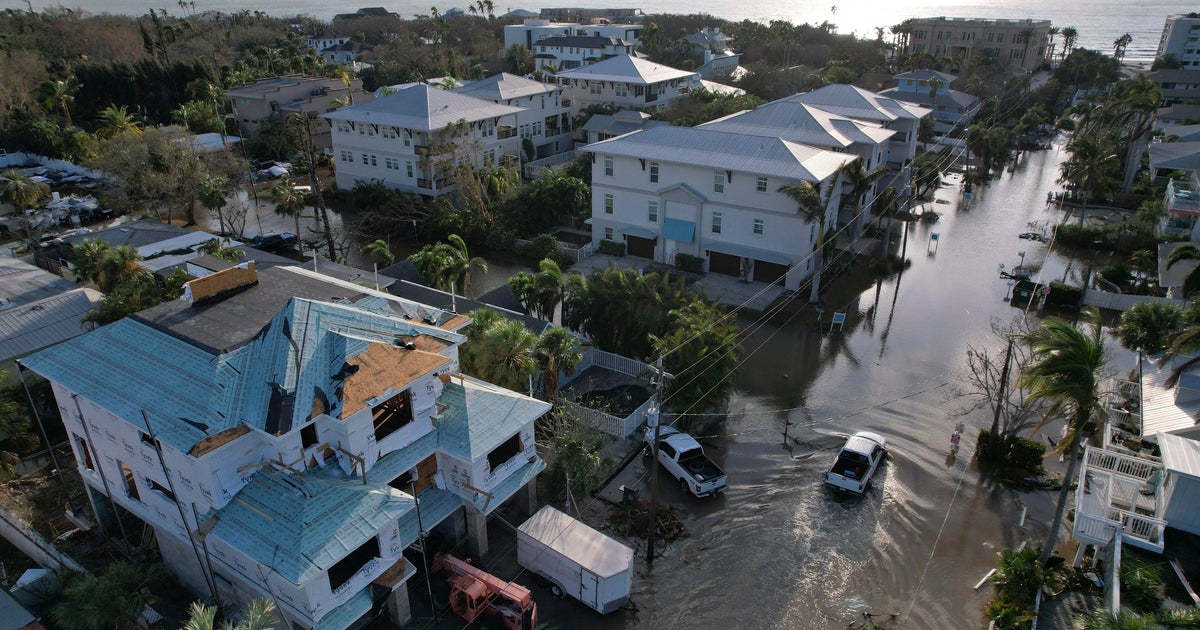Above normal 2023 Atlantic Hurricane Season ends
MIAMI - The Atlantic hurricane season ends as the 4th busiest for most-named storms.
The season ends with 20 named storms, seven went on to become hurricanes and three intensified into major hurricanes. An average season has 14 named storms, seven hurricanes, and three major hurricanes.
The above-normal 2023 Atlantic hurricane season was defined by two competing factors. The first - El Niño. This is when equatorial Pacific waters are above average, the opposite of La Niña (below average). An El Niño typically creates wind shear across the western Atlantic.
These are strong winds above the surface that can prevent tropical systems from forming or weaken the ones that enter that region. Not only did we have an El Niño, but it continued to strengthen as the hurricane season went on.
So how then did we end up with the 4th busiest season on record? That's the second competing factor: Record warm Atlantic Sea surface temperatures.
Look at where the storm tracks were concentrated, over the central and eastern Atlantic. Also, notice the lack of activity in the western Atlantic and Caribbean Sea where El Niño-driven wind shear is greatest. Those record warm ocean temperatures supported not only the development of tropical storms but allowed for some of the hurricanes to reach category 3 or higher. The warm water was not exclusive to the central and eastern Atlantic but close to home as well. Without the El Niño wind shear present, the season could have been very different and memorable.
There were 3 landfalls in the US. Two tropical storms made landfall, one in Texas and the other in North Carolina.
The only hurricane landfall was Idalia. It made landfall as a Category 3 hurricane on Aug. 30 near Keaton Beach, Florida, causing storm surge inundation of 7 to 12 feet and widespread rainfall flooding in Florida and throughout the southeast. Thankfully, there was no loss of life.
In terms of total storms, it was the busiest season in the presence of an El Niño because the record ocean temperatures were the counteraction that resulted in an above average season.
NOAA Hurricane Hunter aircraft flew 468 mission hours to collect atmospheric data that is critical to hurricane forecasting and research, passing through the eye of a hurricane 120 times and deploying over 1,400 scientific instruments.
As we head into the quiet months of winter in South Florida, the Next Weather team will continue to look for ways to better forecast hurricanes through both new technology and how we communicate it to you. It's much too early to talk about what kind of hurricane season 2024 will bring but as always, you'll be the first to know.










